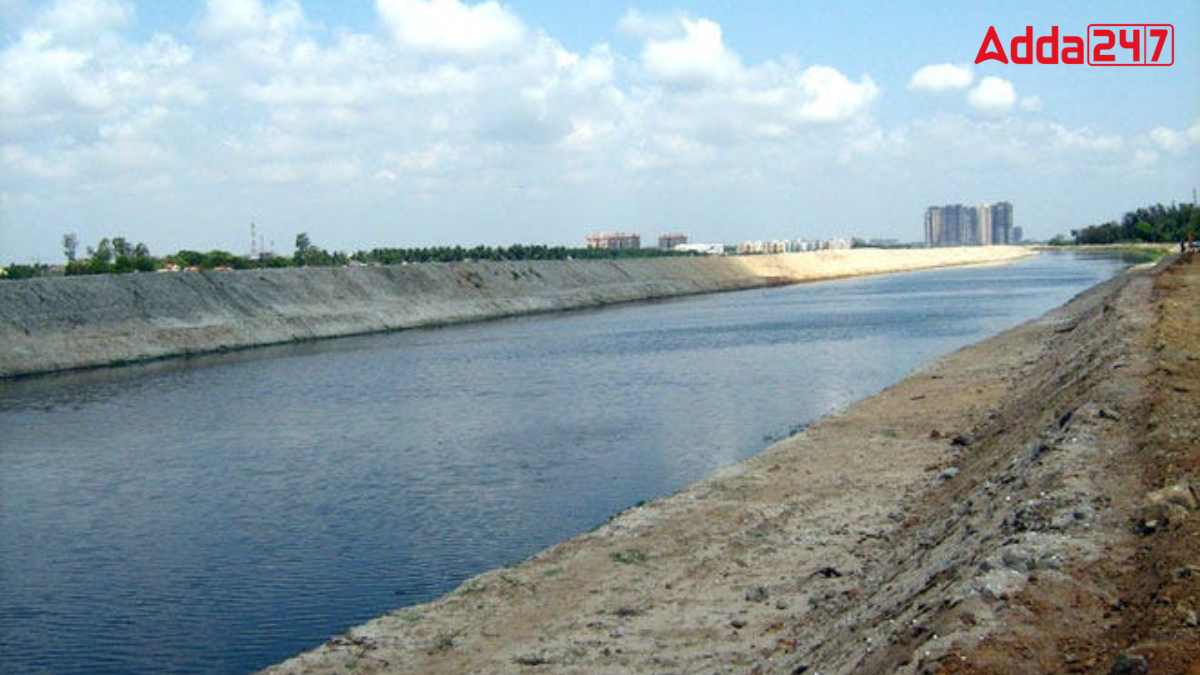Uttar Pradesh, the fourth largest state in India, spans an area of 240,928 square kilometers. Known for its diverse culture and unique traditions, Uttar Pradesh also has a rich network of rivers and canals. In this article, we will explore the oldest canal in Uttar Pradesh, its history, and its significance.
An Overview of Uttar Pradesh
Uttar Pradesh, with an area of 240,928 square kilometers, is the fourth largest state in India. It is also the most populous state, with a population of approximately 199.8 million as recorded in the 2011 census, accounting for about 16.5% of India’s total population. The state is divided into 75 districts, which are further grouped into 18 divisions.
What is a Canal?
Canals are man-made waterways that are often created by diverting water from rivers. Unlike rivers, which are natural, canals are constructed for specific purposes such as irrigation and transportation. In Uttar Pradesh, the presence of numerous rivers has led to the creation of several canals, which play a vital role in agriculture and water management.
Major Canals in Uttar Pradesh
Uttar Pradesh is home to several significant canals, including:
- Eastern Yamuna Canal
- Upper Ganga Canal
- Lower Ganga Canal
- Sharda Canal
These canals are primarily used for irrigation, helping to support the state’s agricultural needs.
The Oldest Canal in Uttar Pradesh
The oldest canal in Uttar Pradesh is the Eastern Yamuna Canal. Constructed during the British colonial period in 1830, this canal is a remarkable engineering feat. It originates from the left bank of the Hathnikund Barrage in Saharanpur district, at Faizabad village in Behat Tehsil.
Construction and History of Oldest Canal of Uttar Pradesh
The Eastern Yamuna Canal was built to utilize the water of the Yamuna River for irrigation purposes. It was designed to help mitigate the impact of droughts and improve agricultural productivity in the region. The canal has a total length of approximately 1,440 kilometers, making it one of the longest canals in the state.
Importance of the Eastern Yamuna Canal
The construction of the Eastern Yamuna Canal marked a significant development in the region’s irrigation infrastructure. It provided a reliable source of water for irrigation, which in turn boosted agricultural output and supported the livelihoods of farmers. The canal also played a role in controlling floods by managing the flow of the Yamuna River.




 Exploring Bondi Beach: Sun, Surf and Syd...
Exploring Bondi Beach: Sun, Surf and Syd...
 Chakrashila Wildlife Sanctuary: Location...
Chakrashila Wildlife Sanctuary: Location...
 Top-7 Oldest Palaces in India, Check the...
Top-7 Oldest Palaces in India, Check the...







